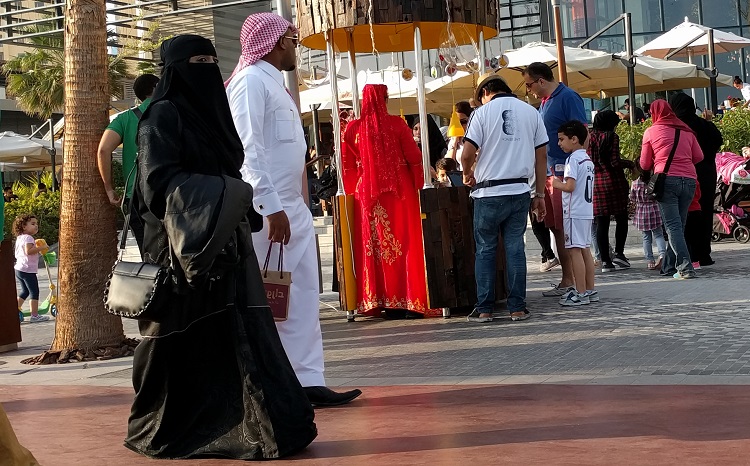1. Introduction to Arab Women’s Attire
Arab women’s attire is a fascinating blend of tradition and modernity, reflecting the rich cultural heritage of the Arab world. From the flowing abayas to the intricately embroidered thobes, each piece of clothing tells a story of elegance and respect. In this guide, we will explore the various elements of stylish and culturally respected Arab women’s attire, providing insights into the significance of each garment and how to wear them with grace and confidence.

2. The Abaya: A Timeless Classic
The abaya is a traditional garment worn by Arab women, often seen as a symbol of modesty and elegance. Typically black and made from lightweight materials, the abaya is a versatile piece that can be worn for both casual and formal occasions. Its simplicity allows for a range of accessories to be added, from statement jewelry to stylish shoes, making it a staple in many women’s wardrobes.

3. The Thobe: A Statement of Elegance
The thobe, or kandura, is a long, flowing garment worn by men and women across the Arab world. For women, the thobe can be a canvas for intricate embroidery and vibrant colors, showcasing the wearer’s individual style and taste. Whether worn with a matching shawl or as a standalone piece, the thobe is a testament to the beauty and sophistication of Arab fashion.

4. Hijab: Modesty and Style
The hijab is an essential component of many Arab women’s attire, representing a commitment to modesty and personal faith. However, the hijab is not just a symbol of modesty; it is also a fashion statement. With a variety of colors, patterns, and styles available, the hijab can be a stylish addition to any outfit, allowing women to express their personal style while adhering to their cultural and religious beliefs.

5. The Jilbab: A Comfortable and Respectable Choice
The jilbab is a loose-fitting, full-length garment that covers the body from head to toe. It is often worn by women who prefer a more conservative style or who are seeking comfort and ease of movement. Despite its simplicity, the jilbab can be a stylish and culturally respected choice, with many women opting for elegant fabrics and subtle embellishments to enhance its appeal.

6. Embracing Cultural Diversity in Fashion
Arab women’s attire is not a monolithic entity; it is a diverse and ever-evolving reflection of the many cultures and traditions within the Arab world. From the vibrant colors of North African fashion to the more subdued tones of the Gulf region, each style is a unique expression of identity and heritage. Embracing this diversity is not only a way to respect and honor the rich tapestry of Arab culture but also an opportunity to explore new styles and trends in fashion.
7. Conclusion: The Future of Arab Women’s Fashion
As the world becomes more interconnected, the influence of Arab women’s fashion is likely to continue to grow. With designers and fashion enthusiasts alike taking inspiration from traditional attire, we can expect to see a fusion of styles that respects the past while embracing the future. The key to this evolution is a deep understanding and appreciation of the cultural significance of each garment, ensuring that the beauty and respect inherent in Arab women’s attire is preserved for generations to come.






